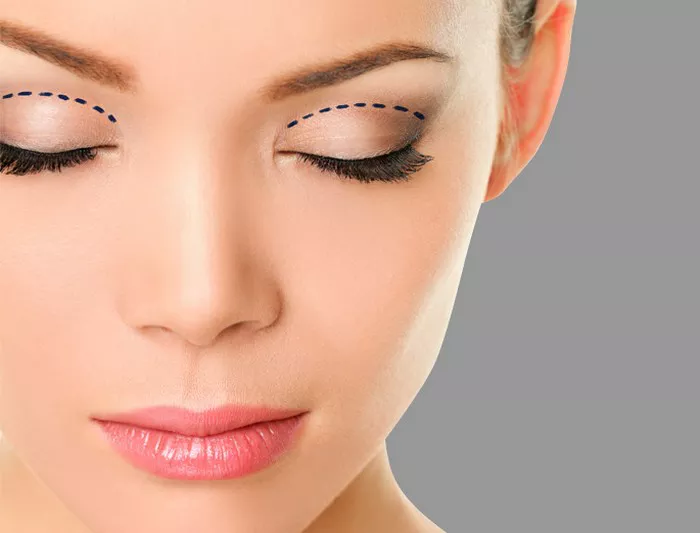Ptosis, commonly known as droopy eyelid, is a condition where the upper eyelid droops over the eye, impairing vision and affecting the overall appearance of the eyes. Ptosis surgery, also known as blepharoptosis repair, is a common procedure performed to correct this condition. After undergoing ptosis surgery, patients may wonder how long it will take for their eyelids to heal and for them to fully recover. In this article, we will explore the healing process after ptosis surgery, what to expect during recovery, and essential tips to facilitate a smooth healing journey.
Understanding Ptosis Surgery
Ptosis surgery is typically performed to lift the drooping eyelid and reposition the muscles responsible for elevating the eyelid. The procedure can vary depending on the severity of the ptosis and the specific technique used by the surgeon. Ptosis surgery is often performed on an outpatient basis under local anesthesia or intravenous sedation.
The Healing Timeline After Ptosis Surgery
The healing process after ptosis surgery can be divided into several phases, each with its own timeline and characteristics:
a. Immediately After Surgery: Following ptosis surgery, patients may experience some discomfort, swelling, and bruising around the eyes. The surgeon will place a protective dressing over the eyes to minimize irritation and support the healing process.
b. First Week: During the first week, it is essential to avoid strenuous activities and to rest with the head elevated to reduce swelling. Patients should apply cold compresses as directed by their surgeon to minimize swelling and bruising.
c. First Two Weeks: The initial swelling and bruising should gradually subside during the first two weeks. Patients may notice a significant improvement in their eyelid position, although some residual swelling may persist.
d. First Month: By the end of the first month, most of the swelling should have resolved, and the eyelid should look more natural. Patients can typically resume their regular daily activities, but it is essential to avoid activities that could strain the eyes.
e. First Three Months: Over the next three months, the eyelid will continue to heal and stabilize. The final results of the ptosis surgery become more apparent during this period.
f. Long-Term Healing: The complete healing process after ptosis surgery can extend up to six months to a year. During this time, the eyelid’s position and appearance will continue to improve gradually.
Tips for a Smooth Healing Process
To promote a smooth healing process after ptosis surgery, patients can follow these essential tips:
a. Follow Post-Operative Instructions: It is crucial to adhere to the post-operative instructions provided by the surgeon. This includes taking prescribed medications, using eye drops if necessary, and attending follow-up appointments.
b. Protect the Eyes: Avoid rubbing or touching the eyes after surgery. Protect the eyes from dust, dirt, and bright sunlight by wearing sunglasses when outdoors.
c. Gentle Skincare: During the healing period, avoid applying makeup or skincare products directly on the eyelids. Gentle cleansing with a mild, non-irritating cleanser is recommended.
d. Healthy Lifestyle: Maintaining a healthy lifestyle with a balanced diet and sufficient hydration can support the body’s healing process.
e. Patience: Healing after ptosis surgery is a gradual process, and it is essential to be patient and allow the body enough time to heal fully.
Conclusion
Ptosis surgery is an effective procedure to correct droopy eyelids and improve both vision and facial aesthetics. The healing process after ptosis surgery can take several months, with the majority of swelling and bruising subsiding within the first few weeks. Full recovery and the final results may take up to six months to a year. By following post-operative instructions, protecting the eyes, and maintaining a healthy lifestyle, patients can facilitate a smooth healing journey and achieve the desired outcomes of ptosis surgery. As with any surgical procedure, individuals considering ptosis surgery should consult with a qualified and experienced surgeon to discuss their specific needs and expectations.


